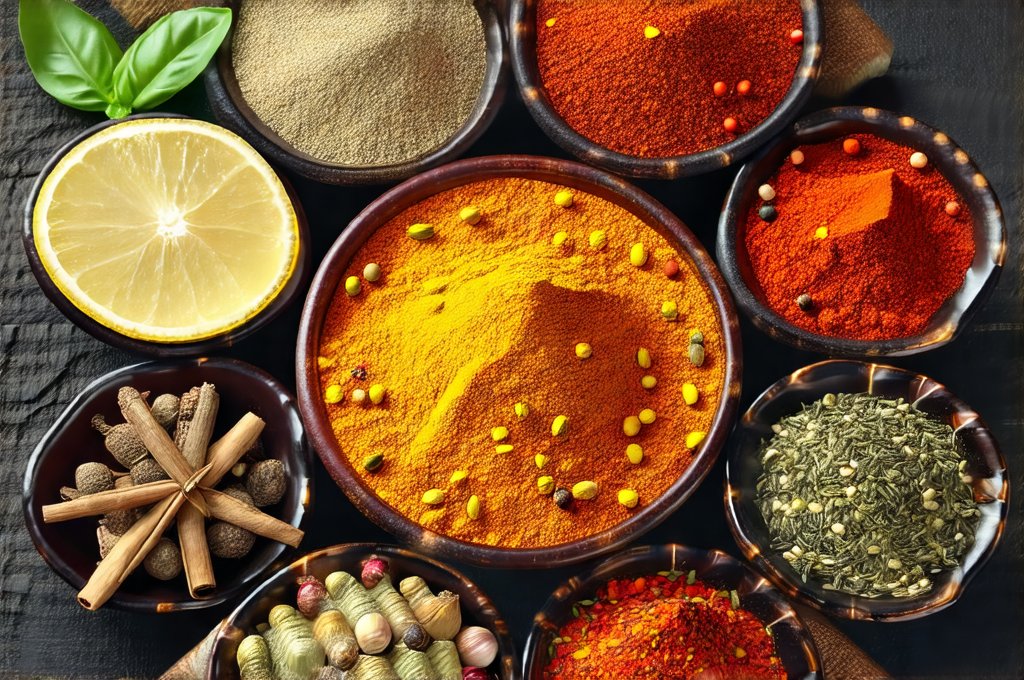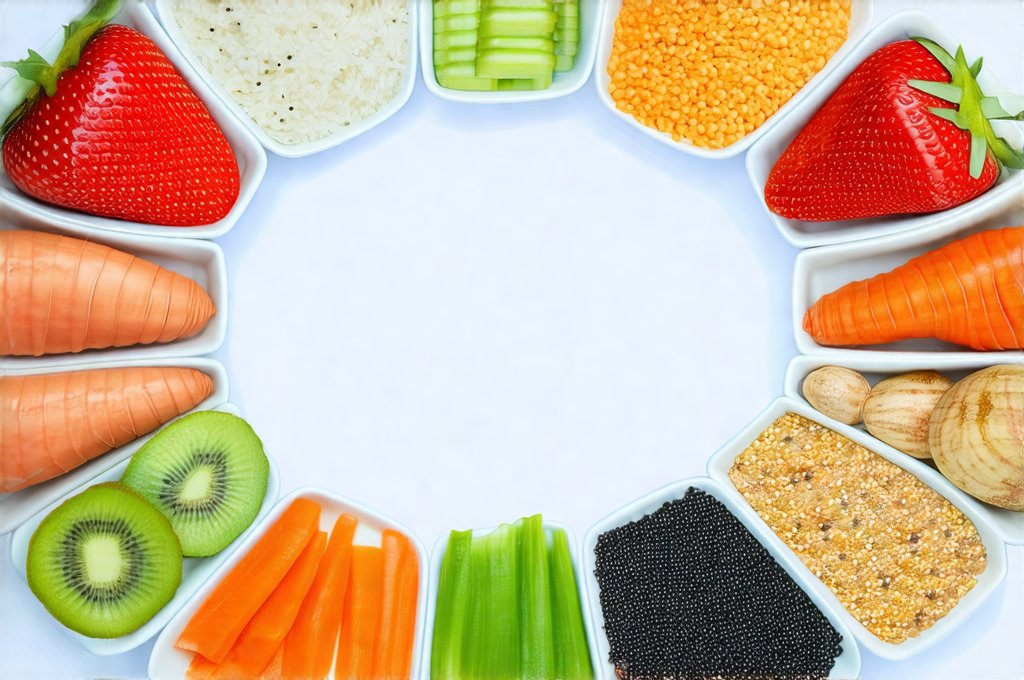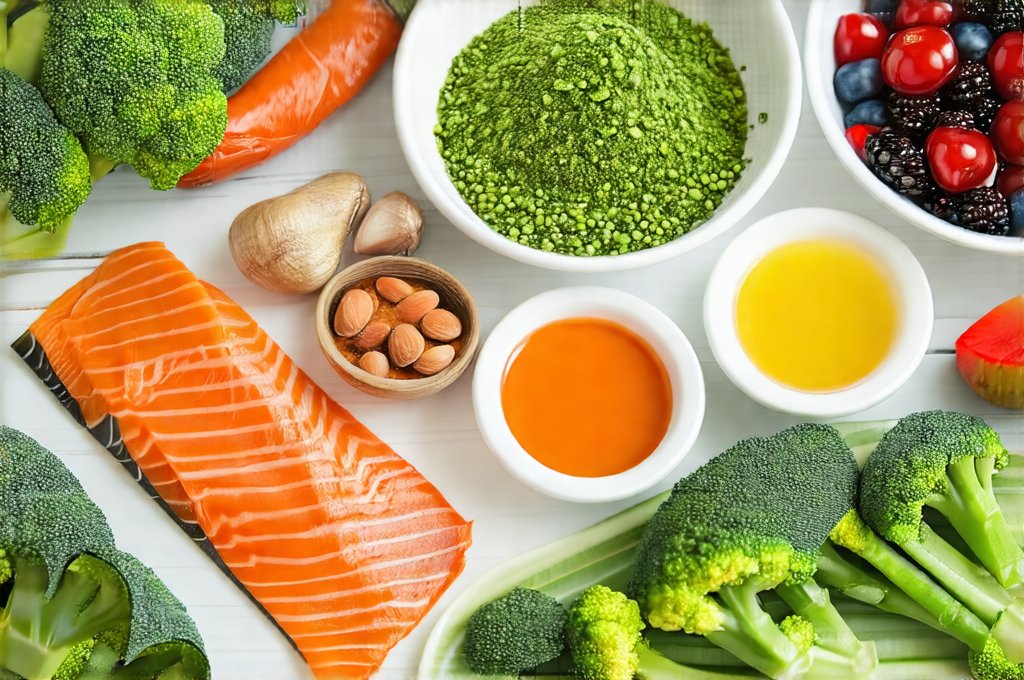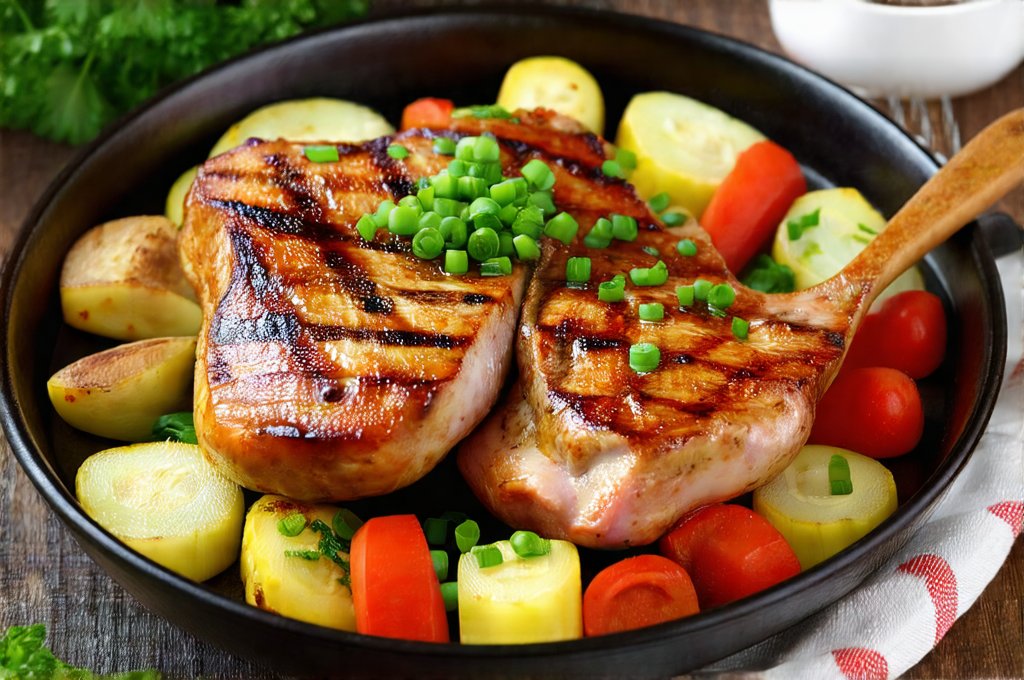Many people experience digestive discomfort – bloating, gas, and general unease – after meals. This can range from a mild annoyance to something significantly disruptive to daily life. Often, the culprit isn’t necessarily what you’re eating, but rather how it’s prepared and which spices are used. While many cuisines rely heavily on aromatic spices for flavor, some can inadvertently contribute to digestive issues in sensitive individuals. This is frequently due to compounds that aren’t inherently harmful but can be difficult for certain gut microbiomes to process efficiently. Understanding the connection between spice choices and digestive health is key to enjoying flavorful meals without unwanted side effects.
This article aims to provide a practical meal plan incorporating warming spices known to generally support digestion, or are less likely to cause gas, while still delivering rich and satisfying flavors. It’s about building a positive relationship with food, not restricting it. We’ll explore specific spice profiles, dietary adjustments, and cooking techniques that can help minimize digestive distress, allowing you to savor your meals with confidence. This isn’t about eliminating flavor; it’s about intelligent flavoring – choosing spices that work with your body, rather than against it.
Understanding Warming Spices & Digestive Health
Warming spices are those traditionally associated with creating a sense of internal warmth and are often used in Ayurvedic and Traditional Chinese Medicine to support digestion. They don’t necessarily increase body temperature but offer a feeling of comfort and can stimulate digestive processes. Key examples include ginger, cinnamon, cardamom, turmeric (especially when paired with black pepper), and cloves – all of which have been used for centuries not just for flavor, but also for their purported health benefits. The difference between spices that cause gas and those that don’t often comes down to the specific chemical composition and how they interact with individual gut microbiomes. Some spices contain higher levels of FODMAPs (fermentable oligosaccharides, disaccharides, monosaccharides, and polyols) or compounds that promote fermentation in the gut, leading to gas production.
Crucially, individual tolerance varies significantly. What triggers gas in one person might not bother another. It’s important to pay attention to your own body’s signals and adjust accordingly. A gradual introduction of spices is always recommended, starting with small amounts to assess your personal sensitivity. Furthermore, the way a spice is combined with other ingredients matters. Pairing certain spices with fats or cooking them thoroughly can sometimes reduce their gas-producing potential. For example, turmeric’s bioavailability (and therefore its digestive benefits) are greatly enhanced when paired with black pepper and a healthy fat source like coconut oil.
Many common spices – garlic, onions, cruciferous vegetables – contain compounds that trigger fermentation in the gut. This isn’t inherently bad; fermentation can be beneficial for gut health! However, excessive fermentation can lead to bloating and gas. The goal here is not to eliminate these foods entirely but to balance them with spices and ingredients that support healthy digestion and minimize discomfort. Incorporating digestive bitters (like dandelion root or gentian) into your routine may also help prepare the digestive system for a meal, though this should be discussed with a healthcare professional. If you suffer from IBS symptoms alongside reflux, consider checking out this meal plan.
Building A Gas-Friendly Meal Plan: Core Principles
The foundation of a gas-friendly meal plan revolves around mindful ingredient selection and preparation techniques. Here are some core principles to guide you:
- Prioritize Whole Foods: Focus on unprocessed foods like fruits, vegetables, lean proteins, and whole grains. These provide essential nutrients and fiber without the additives that can sometimes contribute to digestive issues.
- Gentle Cooking Methods: Steaming, poaching, baking, or slow cooking are generally easier on the digestive system than frying or heavily processed methods. These methods preserve more of the nutrient content and make food less dense.
- Spice Layering: Instead of relying on one dominant spice, build flavor through layers of complementary spices. This creates a more complex and satisfying taste while potentially reducing the impact of any single gas-producing ingredient.
- Mindful Portion Control: Overeating can overwhelm the digestive system, leading to discomfort. Pay attention to your hunger cues and eat until you’re satisfied, not stuffed.
- Hydration is Key: Drinking plenty of water throughout the day aids digestion and helps move food through the digestive tract efficiently.
Sample Meal Ideas: Warming Spice Focus
Here are a few sample meal ideas that incorporate warming spices while minimizing gas triggers. These examples can be adapted to suit your dietary preferences and needs.
- Breakfast: Oatmeal with cinnamon, cardamom, and a drizzle of maple syrup. Use almond milk or another easily digestible alternative if dairy is an issue. Add a small handful of berries for antioxidants.
- Lunch: Lentil soup seasoned with ginger, turmeric, and a pinch of cumin. Serve with a side of steamed greens (spinach or kale) and a small portion of quinoa.
- Dinner: Baked salmon with roasted sweet potatoes and broccoli florets. Season the salmon with a blend of turmeric, coriander, and dill. Sweet potatoes are generally well-tolerated and provide fiber, while broccoli can be easier to digest when cooked thoroughly. For those dealing with PCOS, consider this meal plan for hormone support.
- Snacks: A small handful of walnuts or almonds, a piece of fruit (like banana or pear), or herbal tea with ginger.
Spice Combinations for Optimal Digestion
Certain spice combinations work synergistically to support digestion and reduce gas. Here are a few examples:
- Ginger & Turmeric: Ginger aids in the breakdown of proteins, while turmeric possesses anti-inflammatory properties. Black pepper enhances turmeric’s absorption.
- Cinnamon & Cardamom: These spices have carminative properties (meaning they help to relieve bloating and gas) and can soothe the digestive tract.
- Cloves & Nutmeg: Used in small amounts, these warming spices can stimulate digestion and add a delightful aroma to dishes. However, use sparingly as cloves can be quite potent.
It’s important to remember that experimentation is key. Start with small amounts of each spice combination and monitor your body’s response. Don’t be afraid to adjust the quantities or try different combinations until you find what works best for you. Furthermore, consider incorporating probiotic-rich foods like yogurt (if tolerated) or kefir into your diet to support a healthy gut microbiome, which can improve digestion and reduce gas production. Focus on quality ingredients – organic spices often have more potent flavors and fewer additives. Consider pairing these with prebiotic rich food to further support gut health.
It’s also worthwhile to remember that stress can significantly impact digestive health. Incorporating stress-reducing practices like yoga, meditation, or deep breathing exercises into your routine can further support optimal digestion and minimize discomfort. A holistic approach—combining mindful eating with a healthy lifestyle—is the most effective way to manage gas and bloating and enjoy flavorful meals without worry. If you are looking for more ways to aid hormonal flow, check out this meal plan.




